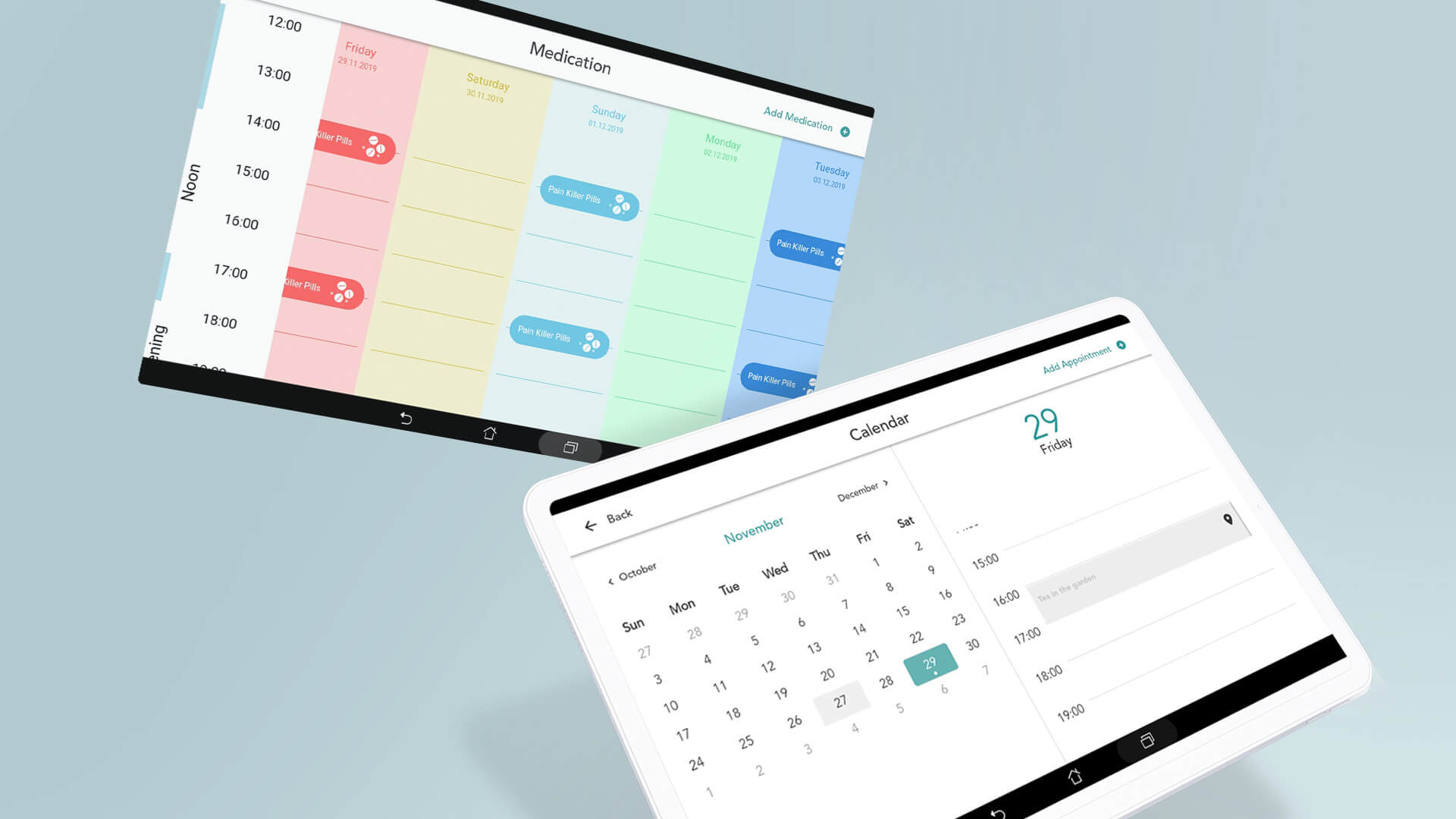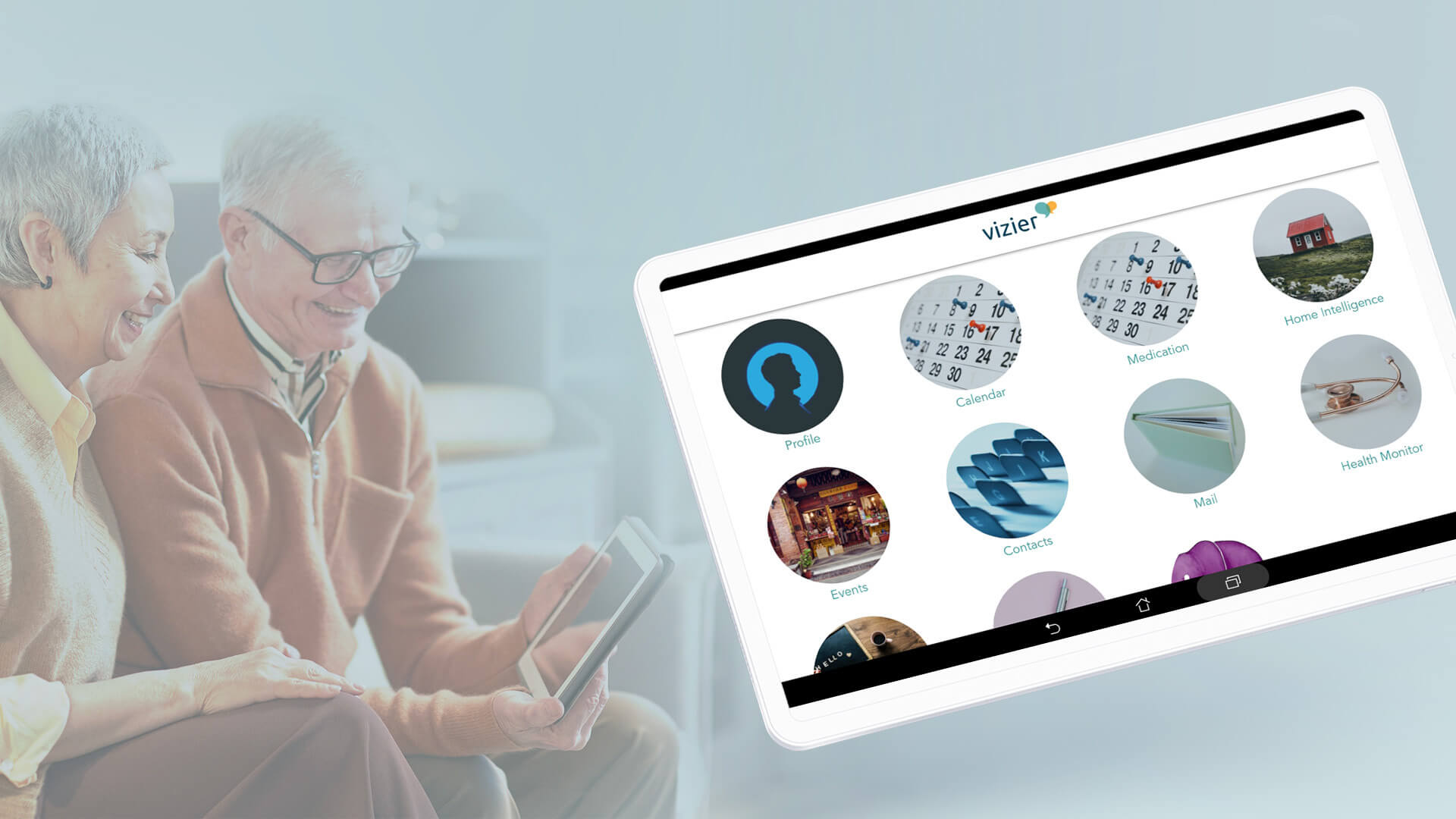You
Verhaert
Sector
e-Health
Internet of things
MedTech
Mobile apps
Challenge
The majority of elderly individuals find it challenging to navigate the online services that have become ubiquitous in today’s world. The need to learn how to use multiple interfaces in different applications is a significant barrier. Therefore, this population needs a user-friendly and consistent approach that avoids information overload.
Although smart home technologies have become more affordable and accessible, older adults remain significantly underrepresented in the user base. Nevertheless, it is conceivable that a fitness tracker, smart socket, or fitness watch could help improve the social, physical, and mental well-being of this population.
Vizier’s ultimate goal is to promote the holistic well-being of older adults by leveraging such technologies.
Our approach
Our team has contributed to the development of several components of the Vizier project in collaboration with the University of Geneva, Dublin City University, and other partners in the field of Assisted Living for the elderly. The platform represents a proof-of-concept that seamlessly connects existing online services, off-the-shelf sensors, and devices to a user-friendly interface, enabling an easier experience for older people.
Our participation in the project focused primarily on developing an intuitive and simple tablet interface, which played a critical role in the overall success and long-term adoption of this IT solution by the senior population.
At the heart of the platform are the system’s decision-making capabilities, which decide when to take certain actions. It processes inputs from home and personal sensors, as well as online applications, and according to the user’s preferences, it triggers an action.
Here are some examples:
- Motivating the user to go for a walk after noticing a certain amount of sedentary time;
- Filtering local activity suggestions by the user’s location and preferences;
- Suggesting taking an umbrella to their appointment.
Simple, yet incredibly valuable.
Skills &
Technologies
Results
To attract users to Vizier, the application had to be highly desirable and meet the expectations of the target audience. The first version of the App was intended to appeal to the younger generation of older adults, including important features such as audiobooks, recipes, music, and games. The focus was on testing the concept and its key elements.
The mobile app was developed in a hybrid environment, initially only for Android to facilitate installation for the pilot testers, but with the possibility of later use for iOS or the web.
The following functionalities were developed:
- Digital agenda;
- Local activity suggestion;
- Reminders (medication, household tasks, etc);
- Centralized messaging (1 mailbox for all mail and short messages);
- Contacts;
- Prospective memory strategy learning – Memory Club;
- Smartwatch step tracking.
In addition to the actual app development, LOAD was also involved in the backend in terms of user and service management and the integration of third-party components (sensors, messaging platforms, etc.).

















